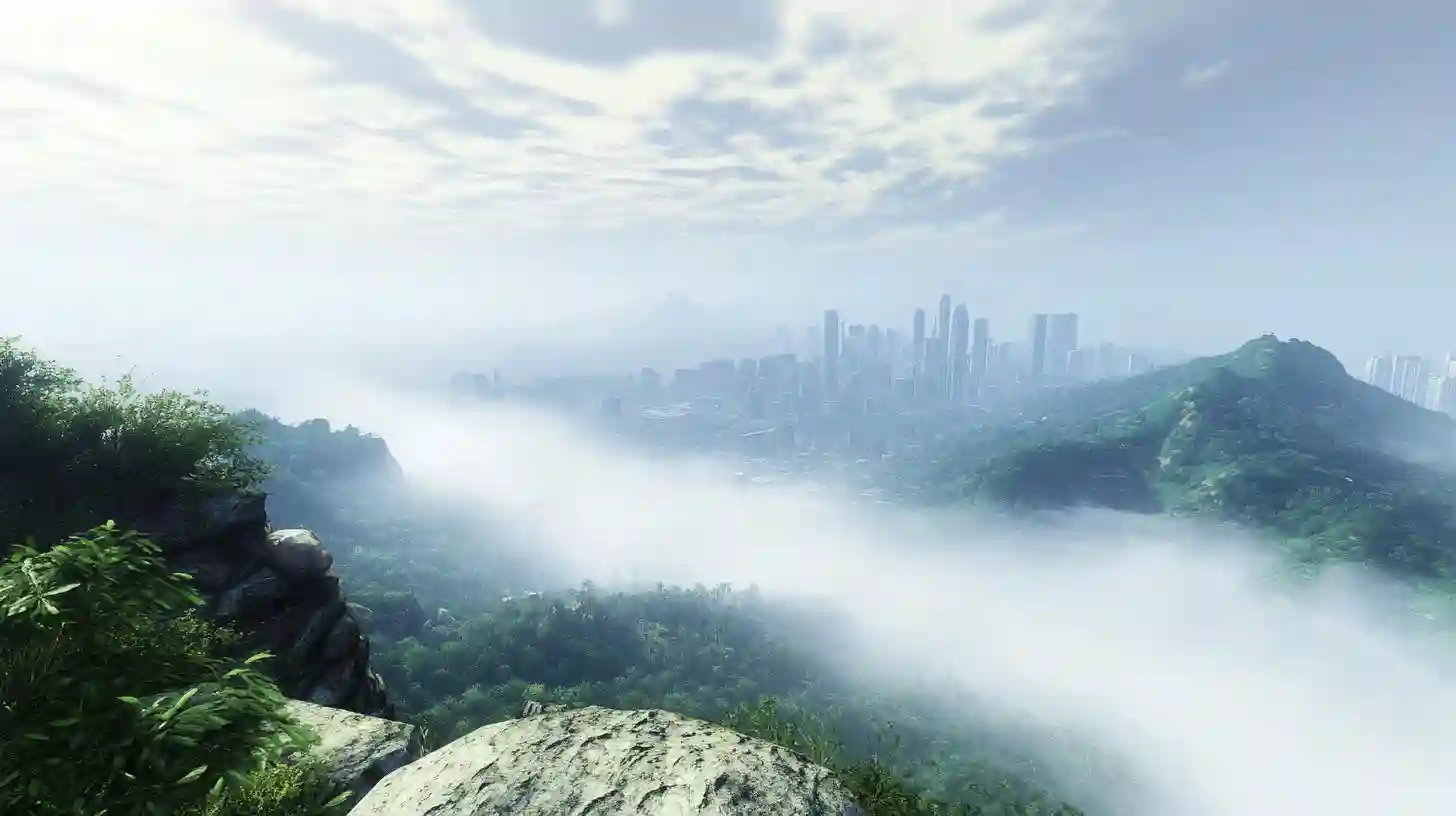
A thick blanket of fog often descends upon coastal shores and mountain valleys, weaving an ethereal veil that transforms ordinary landscapes into realms of mystery and beauty. This atmospheric phenomenon, often taken for granted, captivates the hearts and minds of both the local populace and the scientific community. As the sun sets behind the horizon and the world drifts into twilight, the fog embraces the environment, crafting a scene that feels almost otherworldly. For residents living in fog-prone areas, such as San Francisco or the Pacific Northwest, these foggy days become synonymous with character. The mysterious shroud softens the outlines of familiar landmarks, rendering them ghostly silhouettes against the muted light. This evocative ambiance is particularly enchanting for artists, photographers, and writers searching for inspiration in the natural world.
For citizens, fog carries an element of nostalgia, conjuring memories of childhood adventures. Neighborhoods take on a serene quality, as sounds are dulled and visibility is reduced to mere meters ahead, transforming everyday routines into elements of a dreamlike narrative. People walk cautiously, their footsteps muffled by the damp air, engendering a shared sense of wonder among strangers. This veil of fog invites connections, as neighbors may unexpectedly cross paths in the muted light, sharing casual conversations or simple smiles that acknowledge the beauty of the moment. It becomes a natural unifier, fostering a community spirit that thrives in the midst of obscurity.
In addition to its cultural significance, fog plays a vital role in ecosystems, especially in coastal and mountainous regions where it contributes to the overall health of the environment. Scientists are particularly intrigued by this phenomenon, as fog can positively affect local flora and fauna. Through a process known as fog drip, moisture-laden fog condenses on leaves and branches, creating droplets that trickle down to nourish the ground below. This phenomenon is especially crucial in arid regions where the availability of fresh water may be limited. Some plant species have evolved specific adaptations that allow them to capture this fog moisture, augmenting their water supply during periods of low rainfall. As a result, environments blessed with frequent fog often support a rich diversity of plant life, further enriching the ecosystem.
Research into the mechanics and implications of fog has attracted scientists looking to unravel the intricacies of weather patterns and their broader impacts. The way fog forms and dissipates can tell one a great deal about current atmospheric conditions. Through satellite imagery and advanced modeling techniques, meteorologists strive to predict fog occurrences more accurately, providing valuable information that can aid travelers and mitigate risks for those navigating through fog-covered roads. Understanding fog also complements broader studies related to climate change, offering insights into how evolving temperatures and weather patterns may alter fog frequency and behavior.
The study of fog extends beyond its immediate environmental significance; it also touches on how fog can influence microclimates and local weather dynamics. For instance, areas shrouded in fog may experience cooler temperatures compared to their sunnier counterparts, creating a distinct climate that impacts local agriculture and urban planning. Communities embrace this characteristic, often adapting architectural designs to ensure that structures capture the unique ambiance of fog-laden days. Buildings may adopt styles that harmonize with the surrounding environment, fostering a connection between human habitation and the whims of nature.
Beyond science and community life, fog in literature and art often symbolizes introspection and the unknown. Many poets have depicted fog as a metaphor for uncertainty, using its ephemeral nature to evoke complex emotions. Artists harness its allure, creating hauntingly beautiful images that invite viewers to contemplate their own experiences with nature. The interplay between light and shadow, the way fog dances across landscapes, and its ability to obscure details leads to a rich tapestry of interpretations.
In a world that often feels dominated by technology and urbanization, the mystique of fog remains a reminder of nature’s influence and unpredictability. It teaches us to pause, to observe, and to seek beauty in even the most ordinary moments. In its gentle embrace, people find not just a visual spectacle but also an experience that fosters a deeper appreciation for the intricacies of the natural world. Whether it prompts quiet contemplation or inspires a collective sense of wonder, fog continues to enchant all who encounter its enchanting veil.